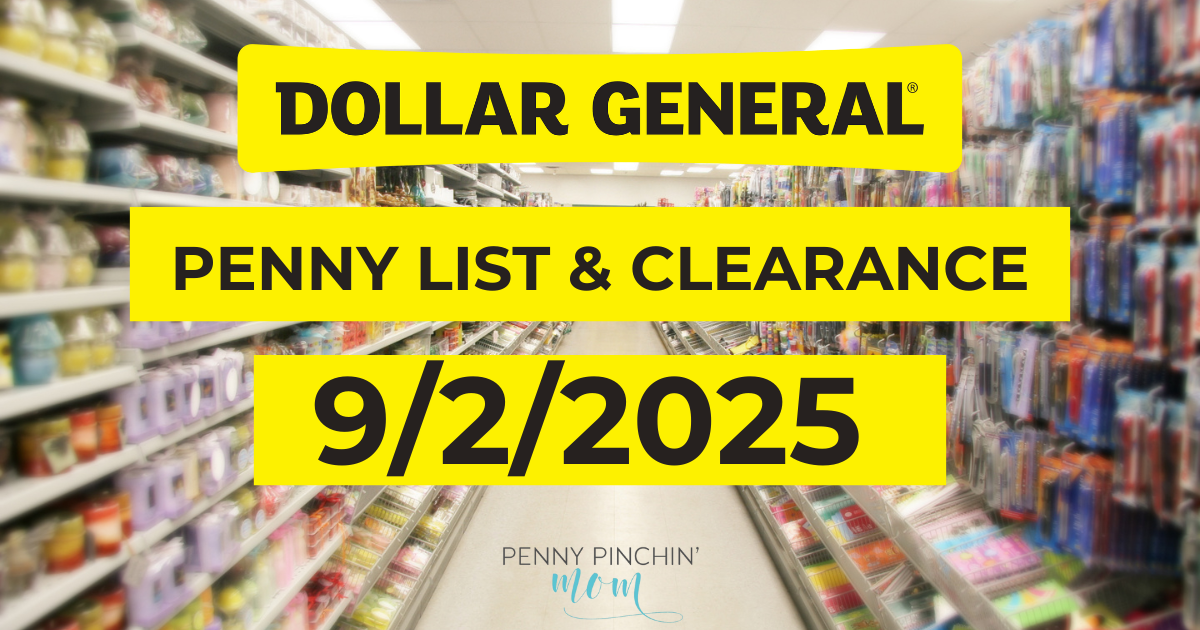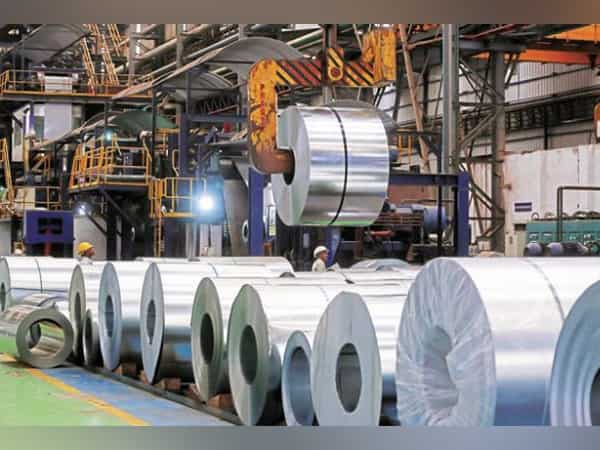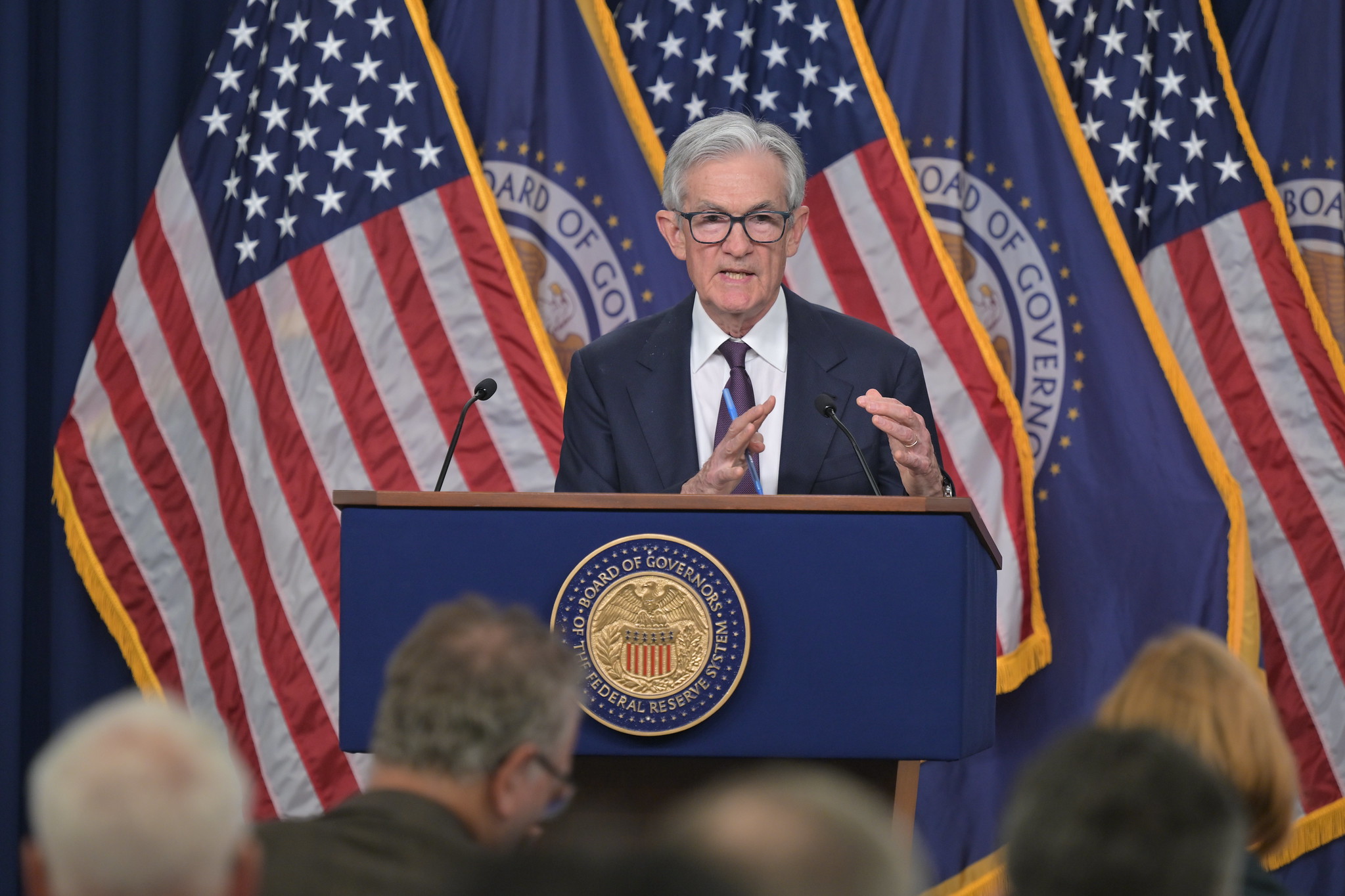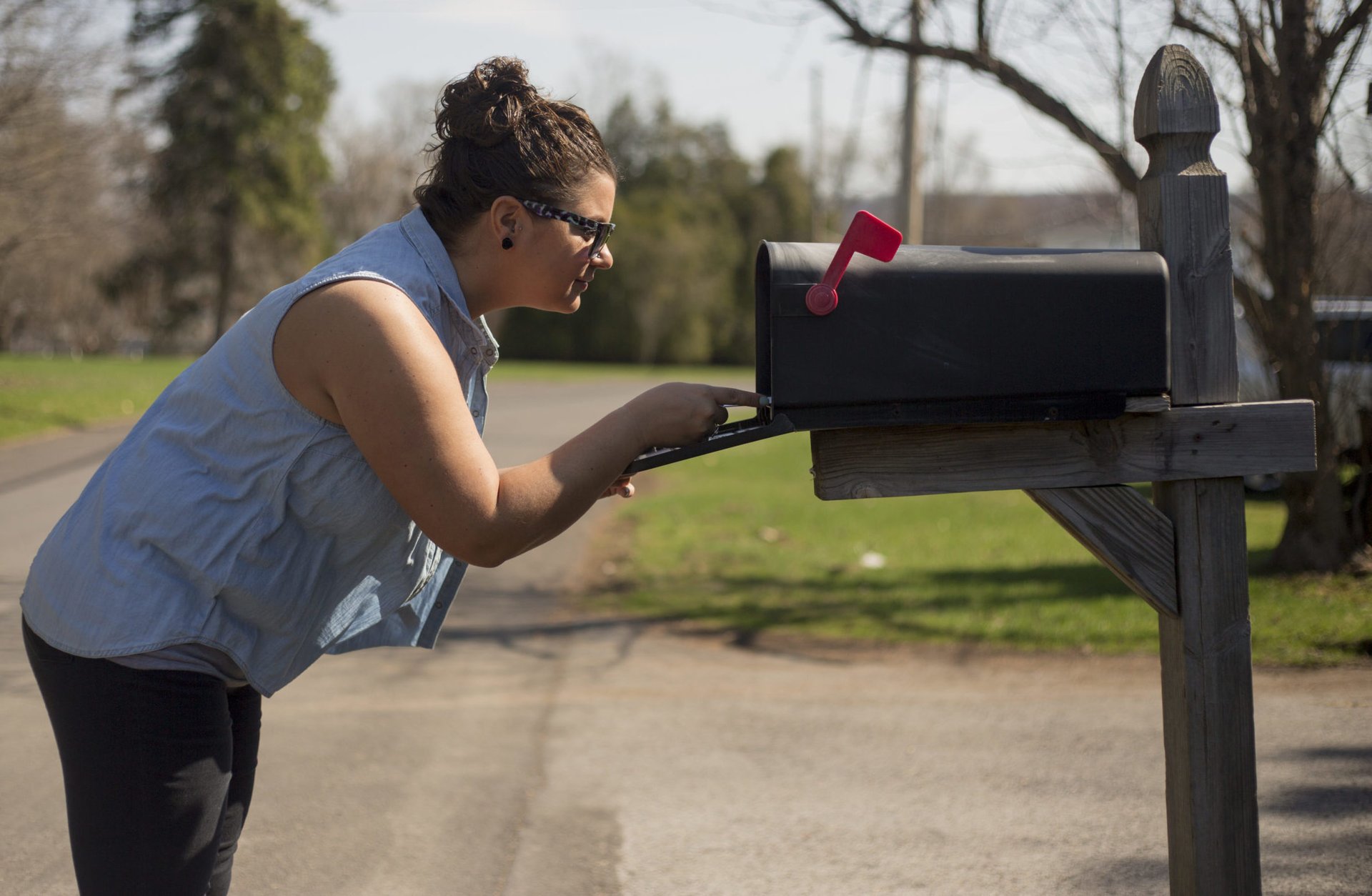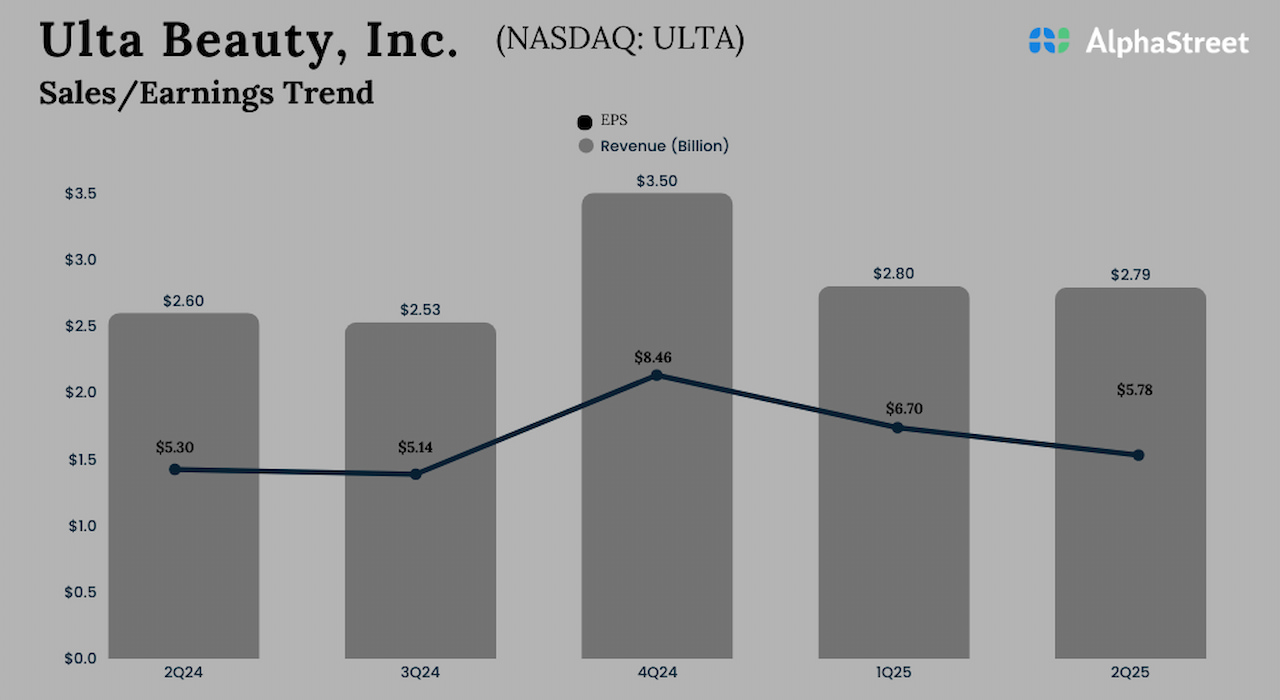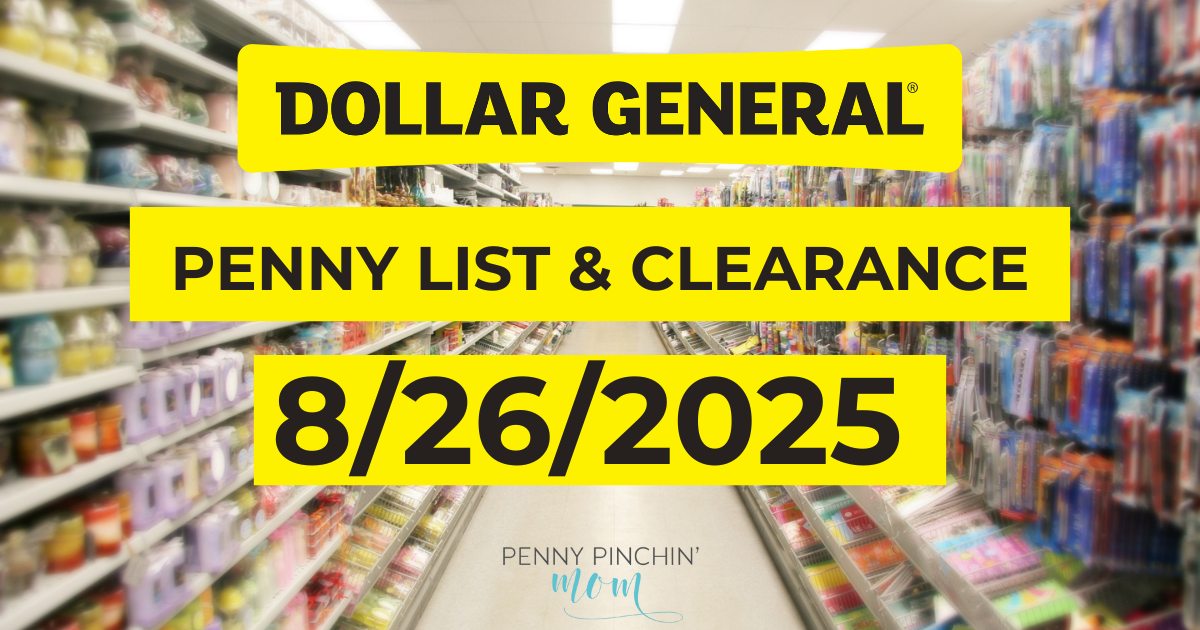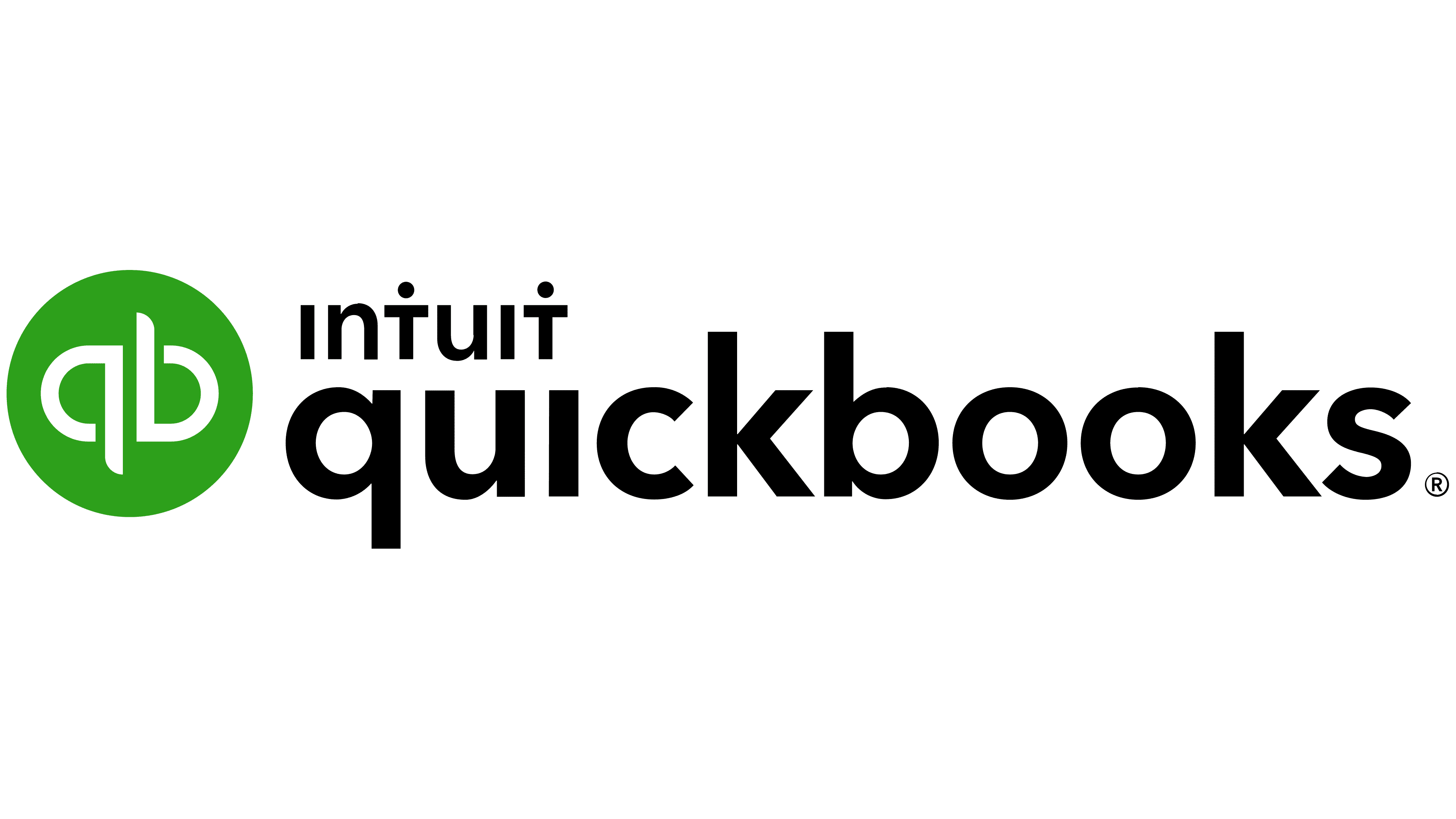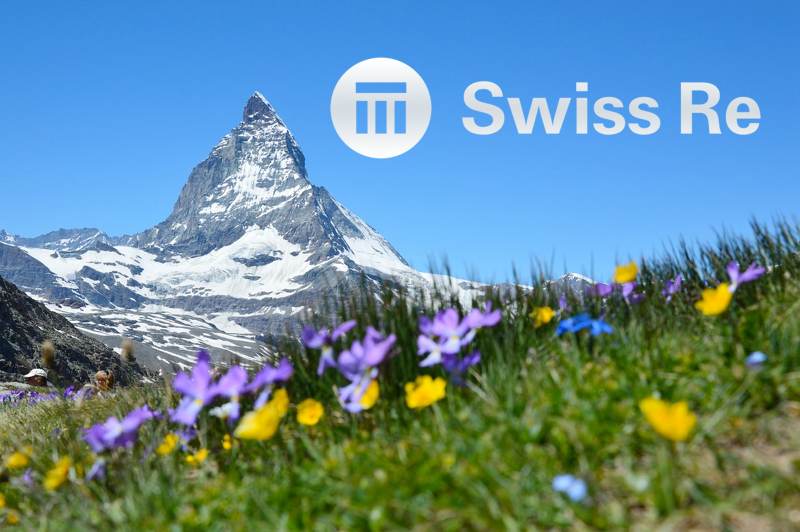Anthony Zhang first conceived of the idea for Vinovest in 2019, before teaming up with Brent Akamine to co-found and launch the firm’s live app, which offers exposure to fine wine cases.
Available to all international retail investors, investment commitments start from $1,000 and the firm is now in the process of rolling out Whiskeyvest, a full-stack whiskey investment platform.
FinanceAsia spoke to Zhang about embarking on initial entry into the wine world.
Q: When did you become involved in wine investment and how did you conceive of Vinovest?
A: I grew up in the early- to mid-2000s in Hong Kong and Beijing, where interest in red wine – especially from France – was gaining traction. Wine holds cultural significance, and I was always interested in the fact that as it ages, develops and refines, it becomes rarer and more coveted. Crucially of course, this means it becomes more expensive.
Following my education in the States, I launched a college food delivery app, which I scaled and subsequently sold, a few years later. It was at this point that I became interested in investing. Beyond stocks, bonds and real estate, I started dabbling in alternatives, exploring angel investment and the world of crypto.
The turning point came when I stumbled upon an article on luxury assets which detailed how an expanding demographic – the ultra-rich – were getting richer. The piece highlighted key portfolio components as wine and whiskey, which struck a chord. I’d always been intrigued by wine and had considered wine collection to be a future aim, but when I learned that wine could generate average annual returns of 11% for 25 years straight, I realised I had to get involved immediately. Even if I were to fail, at least I’d have a cellar of nice wine to enjoy drinking, right?
Until today, wine collecting has only been truly accessible to the ultra-wealthy – it takes significant resources to manage the process: you need a broker; an expert team to source the right vintages; connections (because wineries have the power to be selective and thus, not everyone can acquire a bottle of rare wine!); the correct storage conditions and importantly, insurance.
Most insurers don’t know how to price wine correctly. When I tried to add 50 bottles of wine with an estimated value of $50,000 to my own insurance policy, the firm didn’t believe the bottles’ value! Then I realised just how complicated and inaccessible this process must be for individual retail investors. So, combining an inability to see any satisfactory solutions in the market with my own entrepreneurial spirit, I decided to build one myself. Drawing on my technology-focussed background, I set about building an automated tool to help select which wines to invest in, aiming to eliminate the time-consuming research and investigation that typically, an individual investor would be required to conduct.
After a few months spent testing the algorithm, I trialled my concept on some friends who were instantly fascinated. Even those who took no personal interest in wine sought exposure. I knew I was onto something and that I could embark on democratising an otherwise inaccessible sector. And so began the work of Vinovest.
Q: Where do Vinovest users come from?
A: Two-thirds of our users come from America; 25-30% from Asia; and the rest are from elsewhere in the world. There’s definitely strong interest in wine from Asia, mainly from investors based in Hong Kong, Singapore, Japan and South Korea. I think the demand that we’re seeing reflects the need for an efficient tool to access such assets, and that’s what you get from the app we launched in 2019.
Our users are mostly retail investors. We do support family offices; I’d say more so this year, because they’re looking for ways to protect their downside, and there are not many other assets that have performed positively over the last 12 months. We have 140,000 users on our app, which is more than double that of this time last year. We expect this to continue – for our userbase to double each year, for the next two years.
Q: What returns can wine investors expect?
A: The wine market has returned approximately 11% a year based upon the industry index, Liv-ex. Our model aims to outperform this figure, which is something we’ve achieved consistently for the past three years.
Q: Are people reassured by the fact that, even if they don’t make high returns, they are left with decent wine to drink?
A: Exactly – if your Apple stock plummets to zero, it’s not like you’ll be handed a laptop or iPhone, right? When we consider the profile of our investor base, certainly many of them have an existing passion for wine, or develop one through investing in it, which makes it all the more fun.
However, for most people, this is their first foray into the wine world, so we think very carefully about how we can welcome them into the community, so thatthey realise that wine investment can be accessible – it needs not be stuffy or elitist. There are no stupid questions – we’re all here to learn along the way.
Q: What risks are specific to wine investment?
A: The two biggest unique risks associated with this asset class are bottle breakage and counterfeit products. If you don’t store wine properly, the value of the wine might fall to zero. Equally, if a bottle isn’t legitimate, it’s worthless. Other than these two key points, if you have an authentic bottle of wine and have proper storage arranged, it’s hard for it to lose significant value.
To mitigate these concerns, Vinovest only sources products directly from professionals or from the winery itself; never from a third party or via private clients, no matter how reputable. This enables us to work with top-end insurance brokers that are able to help us participate in the market with a very robust insurance policy.
Q: Where is your wine stored?
A: The bulk of it is stored in the UK and in France. Some is kept in cellars located in the US, Hong Kong and Singapore as well.
Q: To what extent does wine provide diversification?
A: Wine isn’t directly correlated to the stock market; in fact, it’s been negatively correlated over the past year. This has been really positive to see. In terms of how much a typical Vinovest investor might allocate to wine, people typically start with a very small percentage – less than 1% of their overall portfolio – then gradually increase their exposure.
Q: What are the top performing regions at the moment?
A: Burgundy and Champagne are definitely the top two performing regions. Because of supply constraints, demand is far outpacing the speed at which they can create more wine there. This is closely followed by new world trailblazer, Napa Valley, which is home to quite a few up-and-coming wineries.
Q: You are set to launch a whiskey platform. What are the similarities and differences between wine and whiskey investment?
A: They’re similar in that they are hard assets. But instead of owning bottles of wine, investors own entire barrels of whiskey. We’re working to help investors mature these casks and sell them at a later date. In terms of investor profiles, these are very similar. Investors may have a passion for whiskey, but many simply seek diversification.
There are certain nuances on how to handle each asset. From our data-driven approach, we know that whiskey casks are a lot more predictable, for example. For about 15 years, whiskey returns outpaced those of wine, offering returns closer to 13-14%. In the last year however, they’ve levelled off. Both are very long-term asset classes subject to supply and demand, which makes them very stable assets, no matter what happens.
Q: Are you seeing more technology in the investment space?
A: There are quite a few players offering tokenised access to wine investment, which leverages blockchain. There is also fractionalisation, which effectively allows you to own a share of a bottle of wine. While I think there are future use cases for tokenisation, we don’t have any immediate plans to offer it.
Q: Are more wine funds emerging?
A: No, we’re not really seeing any new ones. I think the main reason is due to lack of expertise. We offer our own wine and whiskey fund which people can invest in from as little as $500. Through this vehicle, investors get the benefit of exposure to both wine and whiskey, as well as the fact that the fund is a regulated entity. This means you can invest in the fund out of your retirement account, and you can perform tax loss harvesting on it.
Q: Do you receive much interest from private banks, on behalf of their clients?
A: I’d say it’s the smaller independent financial advisors that set up the more exotic or bespoke offerings for their clients, rather than the private banks. I think the industry is quite a few years away from more mainstream participants.
Q: How likely is interest in luxury assets likely to wane as interest rates increase?
A: I think fixed income assets are a safe play and they’ll always deserve a place in the portfolio. But I think one thing that’s gone forever is the 60:40 portfolio ratio of equities:bonds. The traditional 40% is now likely to comprise some alternatives such as exposure to real estate or wine, as well as fixed income, with the proportions depending on your risk appetitive and time horizon.
Q: Final question: What’s your favorite wine?
A: Recently, I’ve been drinking more white wines than reds. I really like a producer from Burgundy called Vincent Dauvissat; his wines are very good.
¬ Haymarket Media Limited. All rights reserved.





